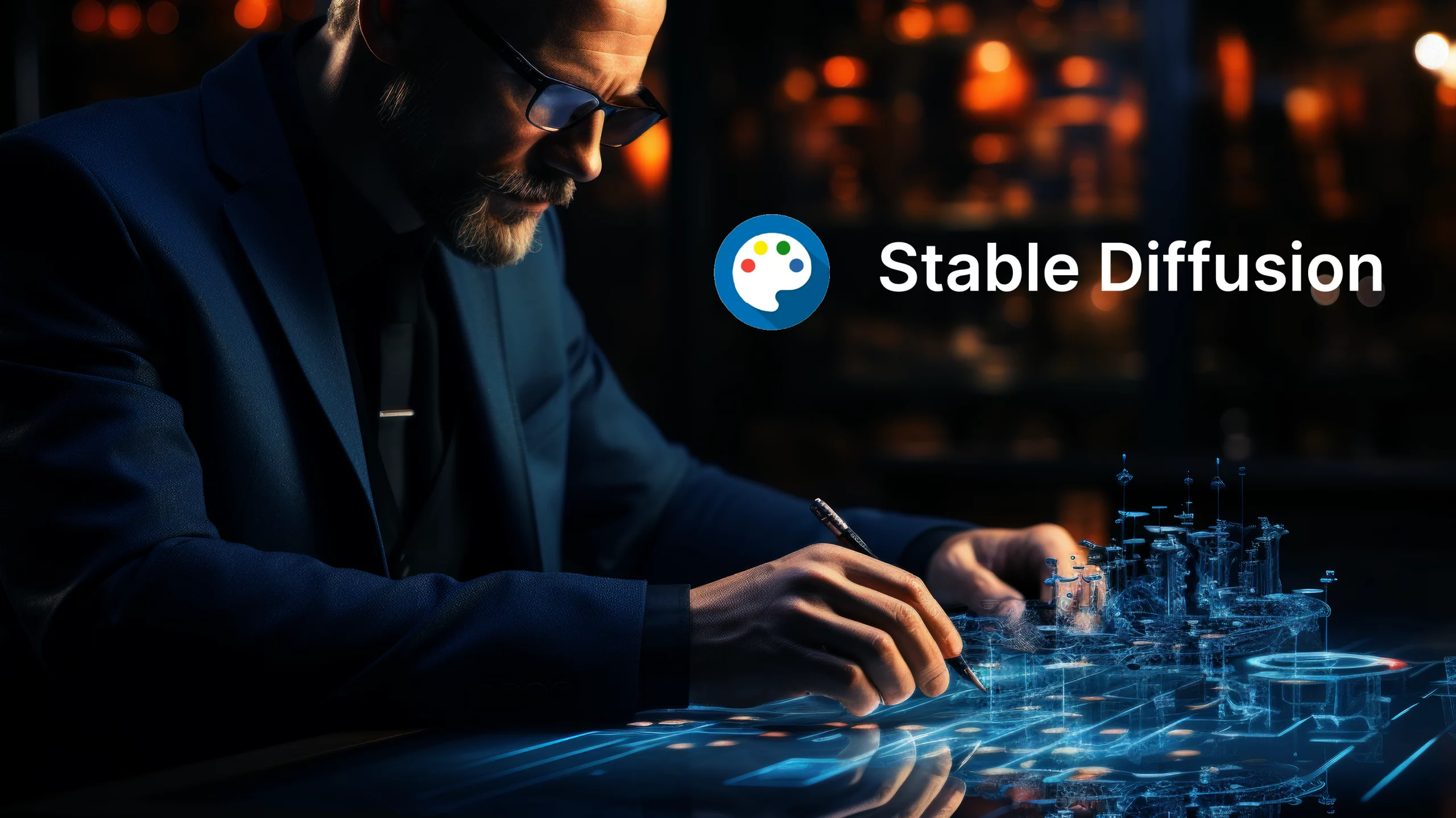Recently, the world-renowned CAD software giant Autodesk announced that it is internally testing a large generative AI model called Bernini. This news has attracted widespread attention in the industry, especially in the context of the continuous expansion of the field of generative AI. Autodesk's innovation will undoubtedly bring revolutionary changes to 3D design.
The name Bernini comes from the famous Italian sculptor and architect Gian Lorenzo Bernini in the 17th century, which fully reflects his combination of creativity and artistry. Unlike other generative AI models, Bernini has unique features: it can not only convert text and hand-drawn sketches into practical 3D files, but also has the ability to generate hollow functional structures, avoiding the problem of generating only appearance models. Users can freely adjust the generated shapes and textures to achieve personalized designs.

To train this model, Autodesk collaborated with the Chinese University of Hong Kong and used 10 million publicly available 3D shapes for data training. Raji Arasu, executive vice president and chief technology officer of Autodesk, said at a public event that Bernini can generate multiple functional 3D shape variants from a single input, significantly improving designers' creative efficiency.
However, the launch of Bernini does not mean that it is ready for commercialization. According to Autodesk CEO Andrew Anagnost, the model is still in the testing stage and has not yet been officially put into commercial application. In the future, customers will be able to use their own data to optimize the model, further improving its performance.
At the technical level, Autodesk chose Amazon DynamoDB as the data storage solution to ensure that PB-level data can be efficiently processed. In addition, combined with cloud services such as Amazon SageMaker, Autodesk's model training process can be efficiently managed, thereby improving AI productivity while keeping costs stable.
It is foreseeable that with the continuous development of generative AI, innovations like Bernini will bring new opportunities and challenges to the design field, helping companies stand out in the increasingly fierce market competition.
AI courses are suitable for people who are interested in artificial intelligence technology, including but not limited to students, engineers, data scientists, developers, and professionals in AI technology.
The course content ranges from basic to advanced. Beginners can choose basic courses and gradually go into more complex algorithms and applications.
Learning AI requires a certain mathematical foundation (such as linear algebra, probability theory, calculus, etc.), as well as programming knowledge (Python is the most commonly used programming language).
You will learn the core concepts and technologies in the fields of natural language processing, computer vision, data analysis, and master the use of AI tools and frameworks for practical development.
You can work as a data scientist, machine learning engineer, AI researcher, or apply AI technology to innovate in all walks of life.







